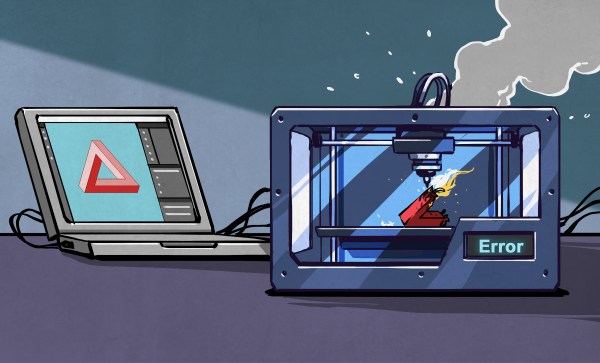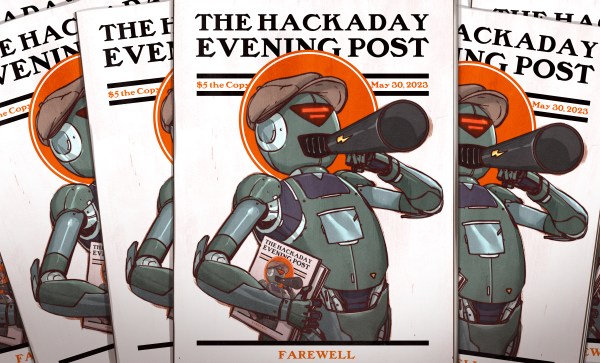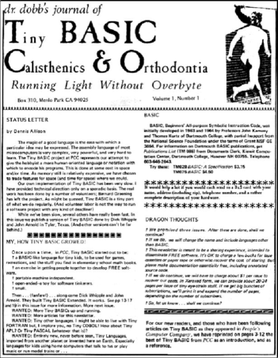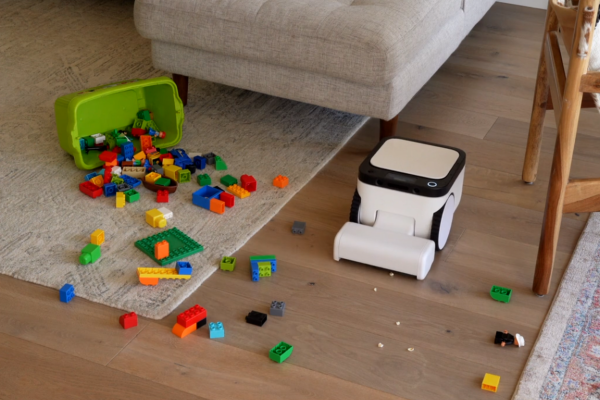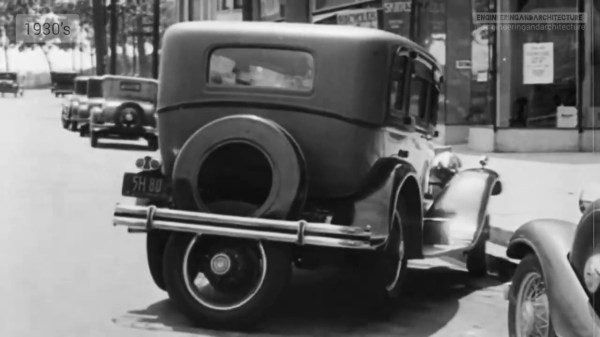3D printing YouTuber [Thomas Sanladerer] made a fairly contentious claim in a video about the state of open source hardware and software: namely that it’s not viable “anymore”. You can watch his video for more nuance, but the basic claim is that there are so many firms who are reaping the benefits of open designs and code that the people who are actually doing the work can’t afford to make a living anymore.
[Thomas] then goes on to mention a few companies that are patenting their 3DP innovations, and presumably doing well by it, and he then claims that patenting is probably the right way forward from a business standpoint.
The irony that he says this with a Voron 3D printer sitting behind him was not lost on us. The Voron is, after all, a very successful open-source 3D printer design. It’s just rock solid, has lots of innovative touches, and an extensive bill of materials. They don’t sell anything, but instead rely on donations from their large community to keep afloat and keep designing.
At the same time, a whole bunch of companies are offering Voron kits – all of the parts that you’d have to source yourself otherwise. While not mass-market, these kit sales presumably also help keep some of the 3D printer enthusiast stores that sell them afloat. Which is all to say: the Voron community is thriving, and a number of folks are earning their livings off of it. And it’s completely open.
When [Thomas] complains that some players in the 3DP business landscape aren’t giving back to the open-source community effort, he’s actually calling out a few large-scale Chinese manufacturers making mass-market machines. These companies aren’t interested in pushing the state of the art forward anyway, rather just selling what they’ve got. And sure, there are a million Creality Enders for every Voron 2 out there. And yes, they reap the benefits of open designs and code. But they’re competing in an entirely different market from the real innovators, and I’m not sure that’s a bad thing.
Let us know what you think. (And if you’re reading this in the newsletter format, head on over to Hackaday on Saturday morning to leave us your comments.)

